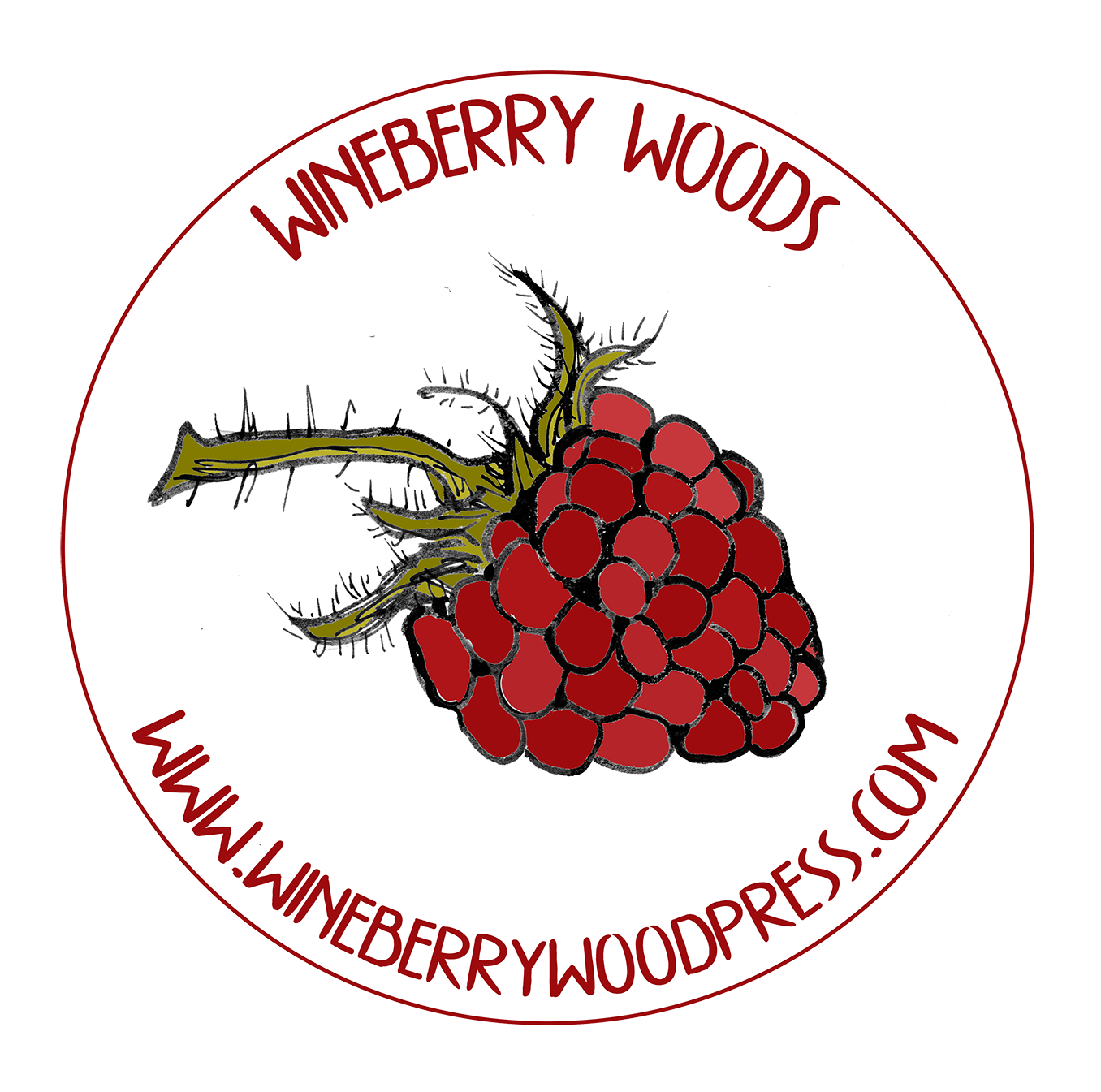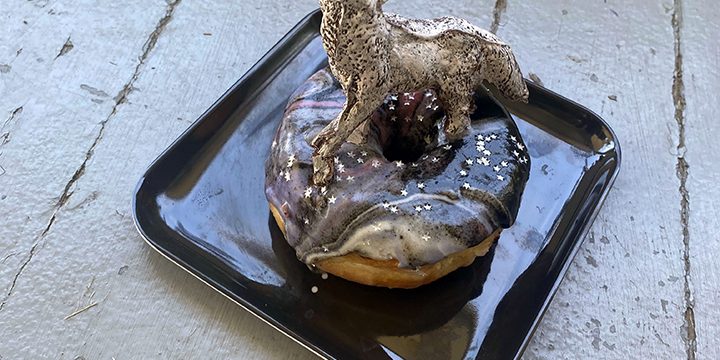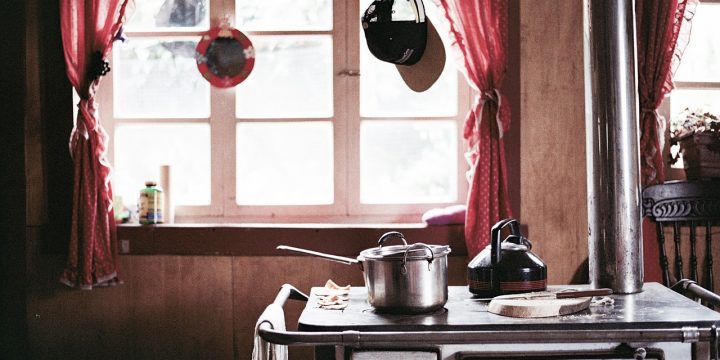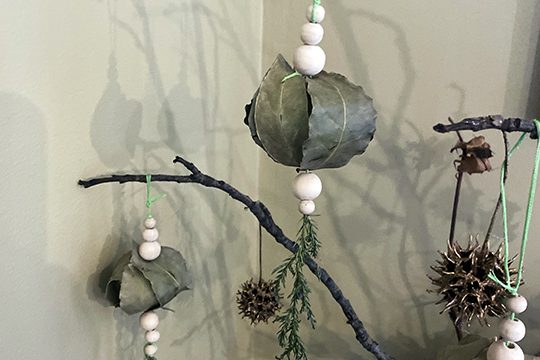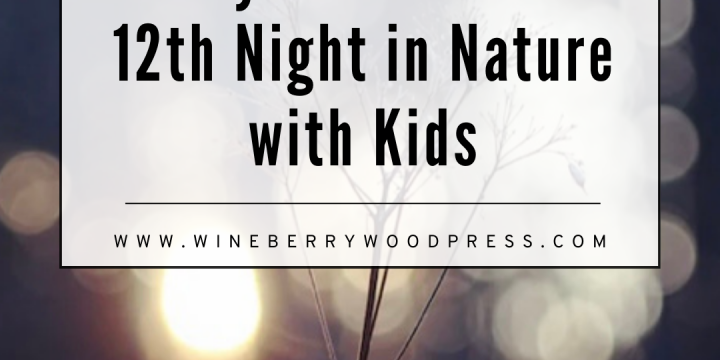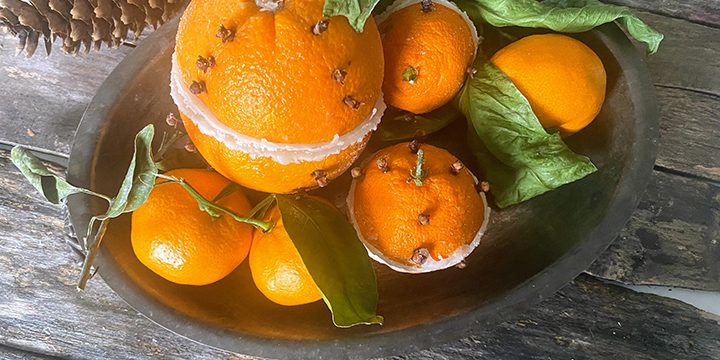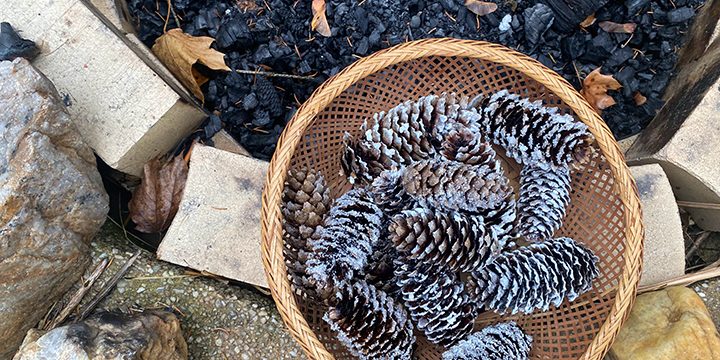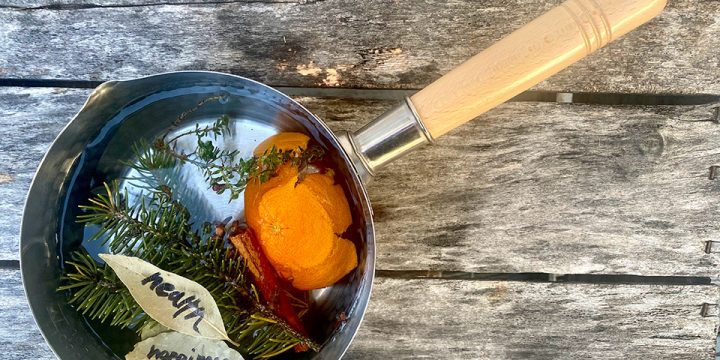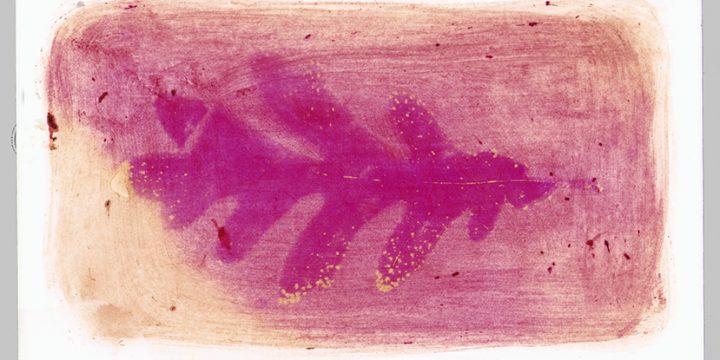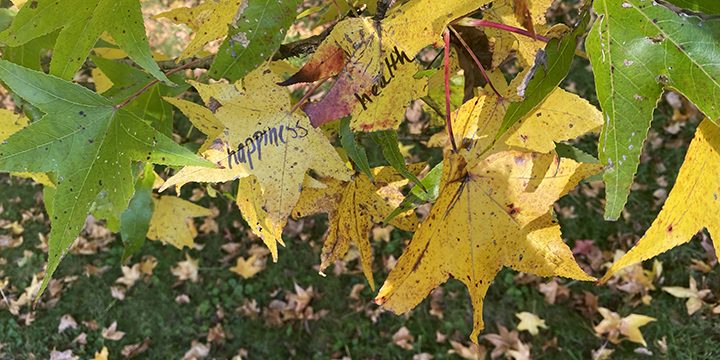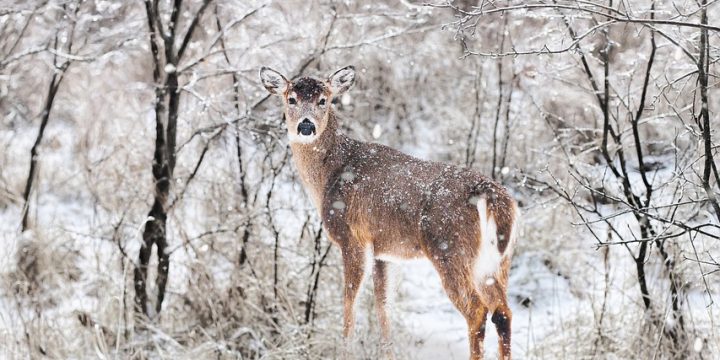
What is Midwinter?
Midwinter is a celebration halfway between the Winter Solstice (the official start of winter) and the Spring Equinox (the official start of spring.) It is a time that straddles between winter and spring. The date changes slightly from year to year, but is generally on or around February 2nd. It is what is known as a “cross quarter” day on the Wheel of the Year. These days are seasonal midpoints in between the “quarters” or solstices/ equinoxes. This celebration in the dead of winter is about looking forward to spring, and while it often doesn’t feel that way, the days are steadily getting longer and brighter and the earth is slowly waking up from its slumber. Deep underground seeds are just beginning to think about stirring. Sap is starting to…
